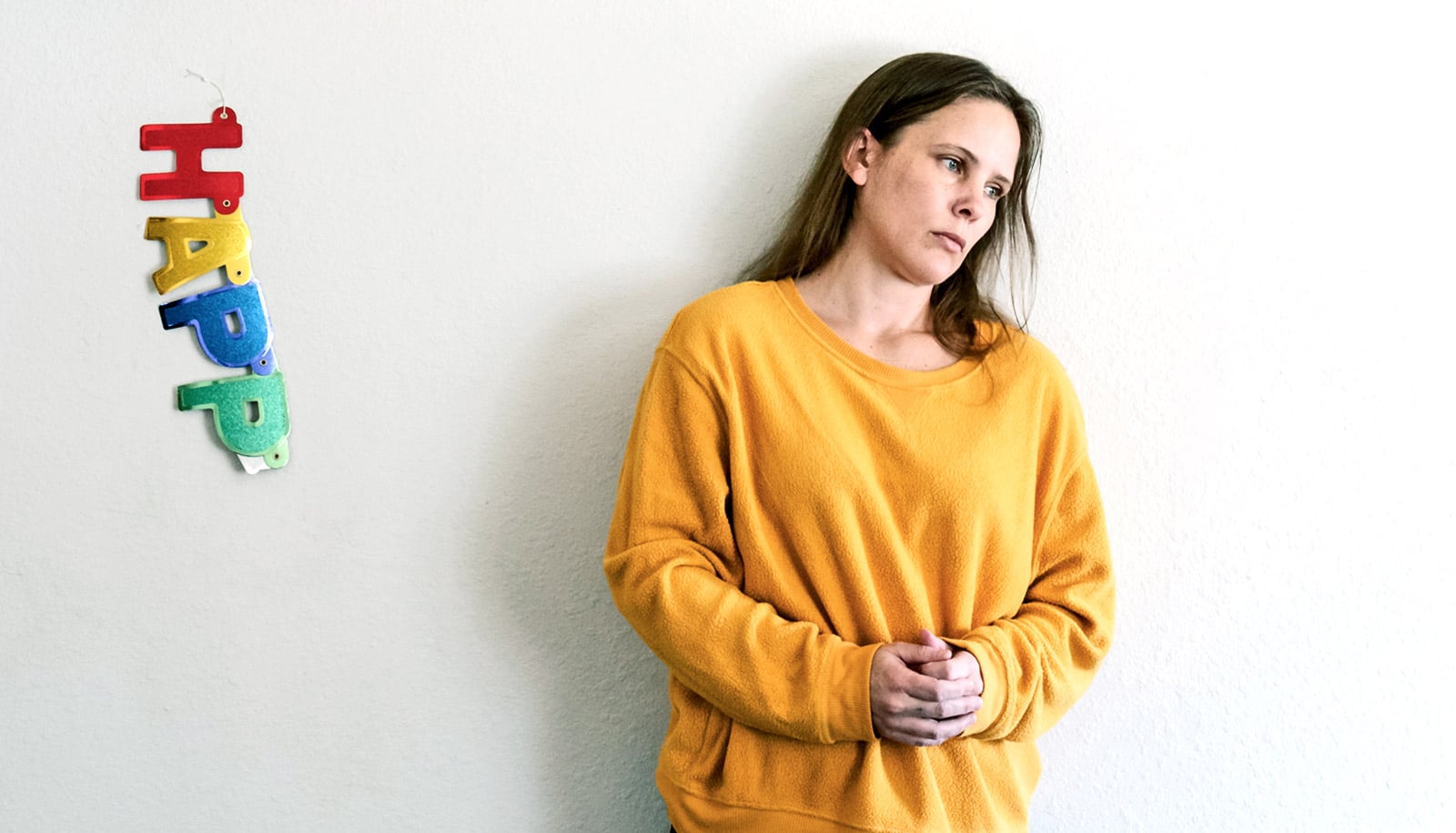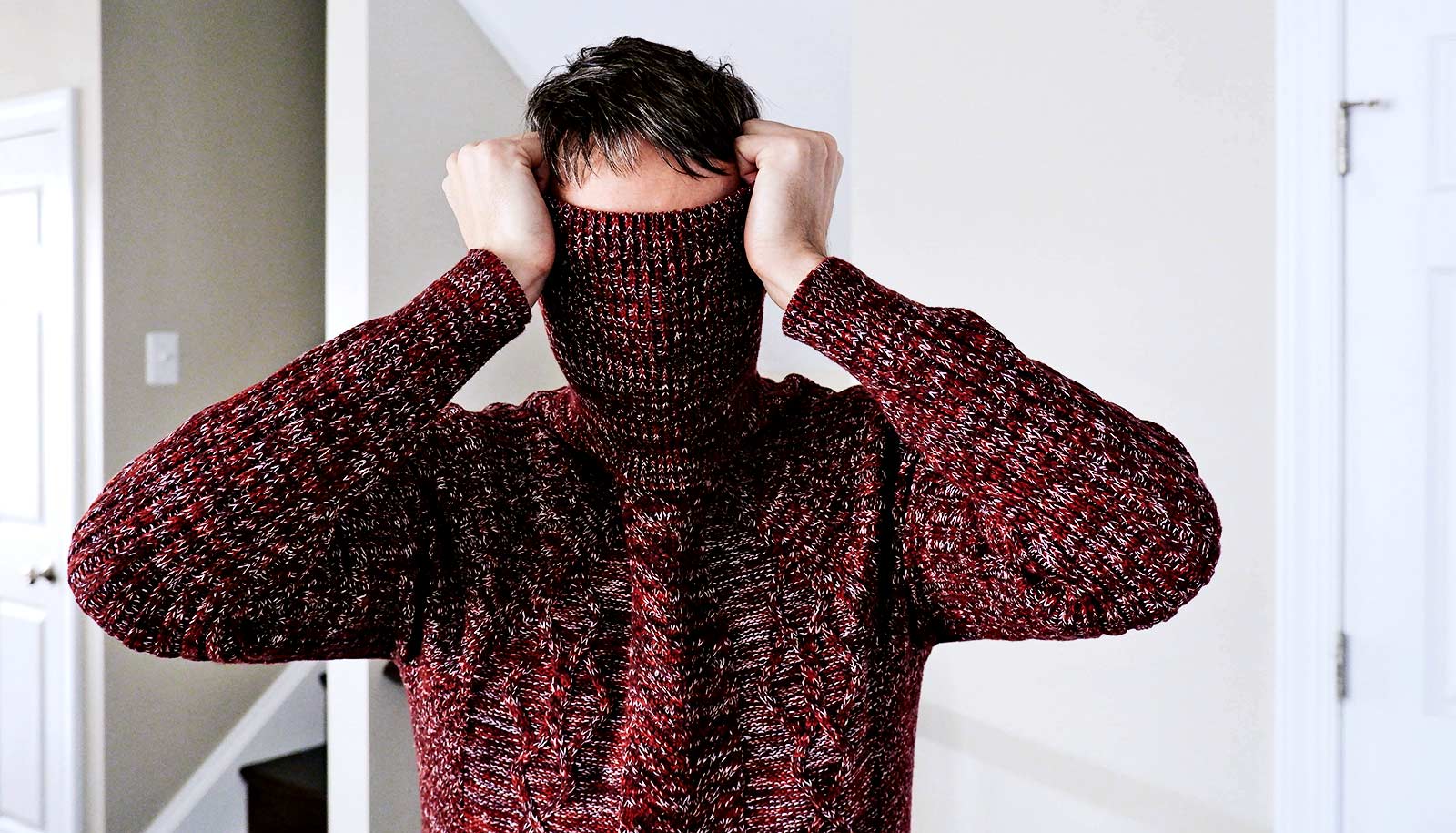
Keeping a positive mood during the winter months can be tough, especially for people with seasonal affective disorder. But something as simple as the food you eat can help. (Credit: Getty Images )
Tips to cope with seasonal affective disorder this winter
Winter often comes with mental health challenges. Experts have tips on winter wellness and how to make it through a few more cold months.
Winter often comes with myriad health challenges and the effects of weeks of gray days are real.
Two experts offer tips on cold-weather wellness and how to best make it through a few more gray, wintry months.
For some, winter comes with a particular dose of biological adversity: seasonal affective disorder , also known as SAD.
Arpit Aggarwal , a psychiatrist at the University of Missouri, explains what SAD is and how to combat its symptoms. He also provides tools and techniques to give your mental health a boost to conquer the last remnants of the dark season:
The post Tips to cope with seasonal affective disorder this winter appeared first on Futurity .
What is seasonal affective disorder?
It is a type of mood disorder . The defining characteristic is that it starts and ends at comparatively the same time of the year. For example, the most common pattern would be depressive symptoms starting in the fall, getting progressively worse in the winter, and then improving in the spring.
What’s the difference between winter blues and SAD?
The main difference is the level of impairment or distress that a person is experiencing. Often, feelings of winter blues should go away in a few days or, at most, two weeks.
But once a person starts not being able to go to work, experiencing interpersonal problems in their relationships, having social problems, or feeling significantly distressed for an extended period, that’s when it is a possible seasonal affective disorder diagnosis.
What are the symptoms of SAD?
The symptoms are pretty similar to any other type of depression. It starts with feelings of sadness , irritability, boredom, lack of energy, changes in sleep patterns, changes in appetite, and concentration. Another major symptom is what we term “anhedonia,” which means that a person is no longer finding joy in activities that once brought them joy. This is common in cases of SAD.
How is SAD treated?
If you think you are experiencing seasonal affective disorder, I recommend you reach out to your doctor. For SAD, a special kind of light therapy is recommended that’s really valid for this kind of depression.
And that’s partly because one of the reasons that physicians think causes seasonal affective disorder is the lack of sunlight. The theory behind that is that as you go farther away from the equator, there’s a lack of exposure of sunlight, especially in wintertime. In severe cases, medication and cognitive behavior therapy are also options for treatment.
Who is the most vulnerable to SAD?
People with a past history of depression or bipolar disorder or a strong family history of depression are most at risk for seasonal affective disorder. There’s also a theory that people who live further from the equator and have fewer hours of sunlight every winter are more susceptible
Share this article:
This article uses material from the Futurity article, and is licenced under a CC BY-SA 4.0 International License. Images, videos and audio are available under their respective licenses.


